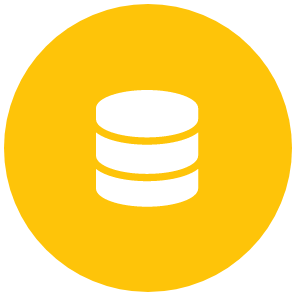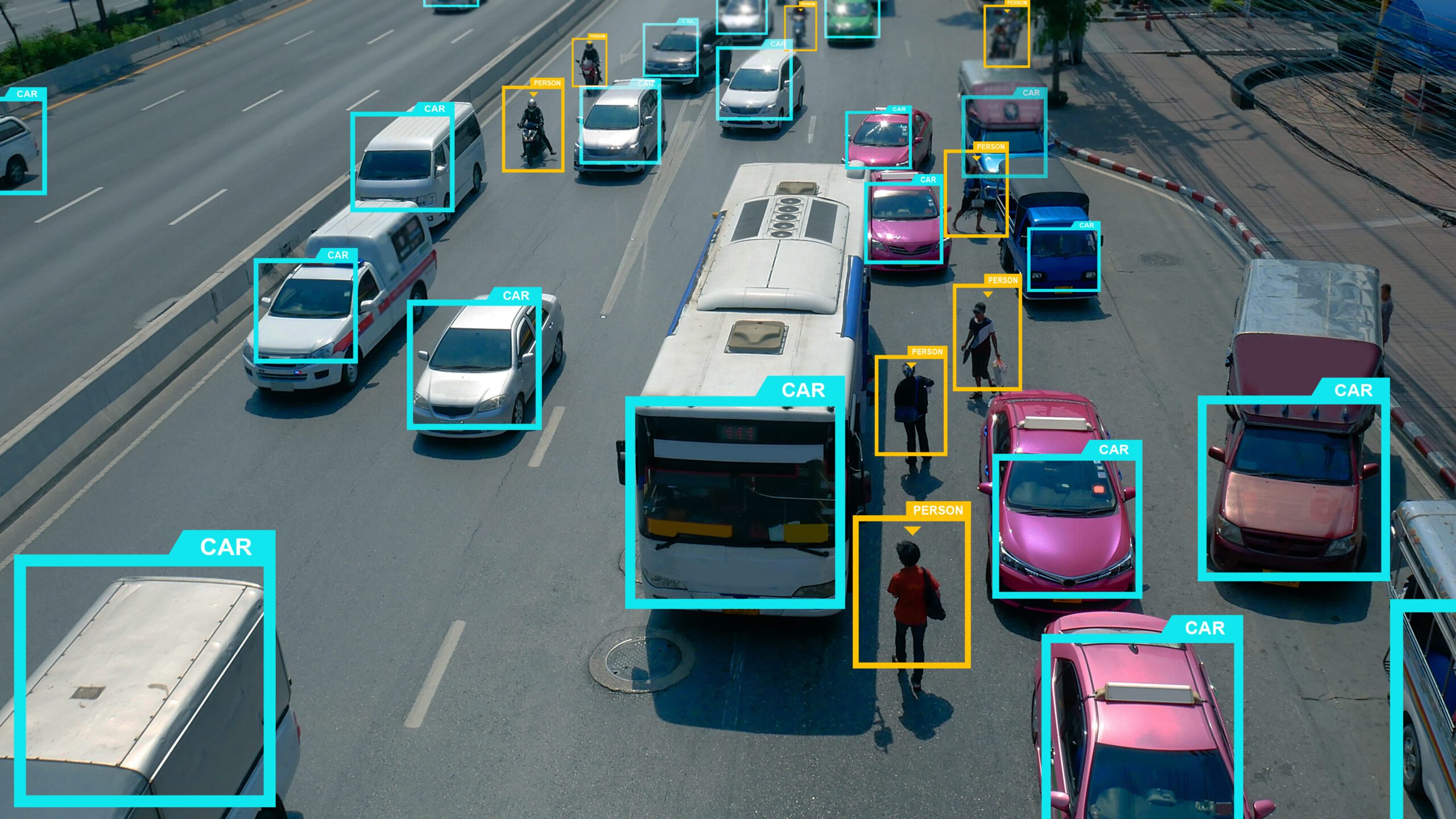Data is the lifeblood of mobility innovation. Mcity data resources are available to Mcity members, academic researchers and students.

Mcity Data Engine
Powered by artificial intelligence.

Real-World Driving Data
Cloud-based platform collects real-world driving data.

Mobility Dataset Library
Searchable catalog of datasets produced by Mcity, its members and U-M faculty and staff.
AI-Powered Capabilities
The Mcity Data Engine is an essential tool in the Mcity makerspace for transportation innovators making AI algorithms and seeking actionable data insights through machine learning.
Our Data Engine allows researchers to efficiently query large volumes of data – directing Mcity’s transportation data collection networks with specific tasks to produce high-quality artificial intelligence models for development.
Using the power of AI, the Mcity Data Engine provides our member companies and researchers with fine-tuned data sets for mobility applications through a continuously-improving loop that uses data and labels to optimize and improve the performance of AI algorithms, delivering only the specific data wanted.
The Mcity Data Engine is the first tool of its kind to be made available to Mcity Members, including early stage companies. The Mcity Data Engine:
- Provides access to a large compute cluster tailored to AI training for mobility applications
- Efficiently collects, processes and labels vast networks of Mcity data
- Interfaces with Mcity data and models to build AI-powered solutions
- Develops large, diverse, annotated training data sets for vehicle testing
- Boosts training data sets with computer simulations to create and add synthetic data
- Runs at computer speeds when automated, operating 24/7
- Serves as building block for other mobility transportation projects
Real-World Driving Data
Mcity maintains a cloud-based data platform, formerly known as our Mobility Data Center, designed to ingest, archive, process, and share large amounts of data generated by cooperative infrastructure located within the Mcity Test Facility and the City of Ann Arbor. Cooperative infrastructure supports data communication between vehicles and roadside infrastructure.
How Mcity’s data platform works:
- Real-time municipal traffic-data feeds the cloud-based platform
- Hosted on Amazon Web Services (AWS)
- Website user interface allows for real-time traffic monitoring, near-miss/crash event querying, and raw data querying
- Data is collected from roadside sensors (cameras) that capture images (vehicles and non-motorized road users, such as pedestrians and cyclists, as well as motorcyclists and persons with disabilities or reduced mobility and orientation)
- The images are then processed for tracking information, trajectory prediction, and timing of potential collisions using machine learning
- Near-miss and crash events are archived on the data platform
Learn more about the live traffic data provided by Mcity’s cloud-based traffic data platform.
Searchable Datasets
Mcity maintains a searchable dataset catalog — we call it the Mcity Data Garage — that aggregates meta-data about datasets produced by Mcity and its industry members, as well as University of Michigan faculty and staff. Filters allow users to search for information about available datasets. The Data Garage is accessible via the Mcity Welcome Center.

